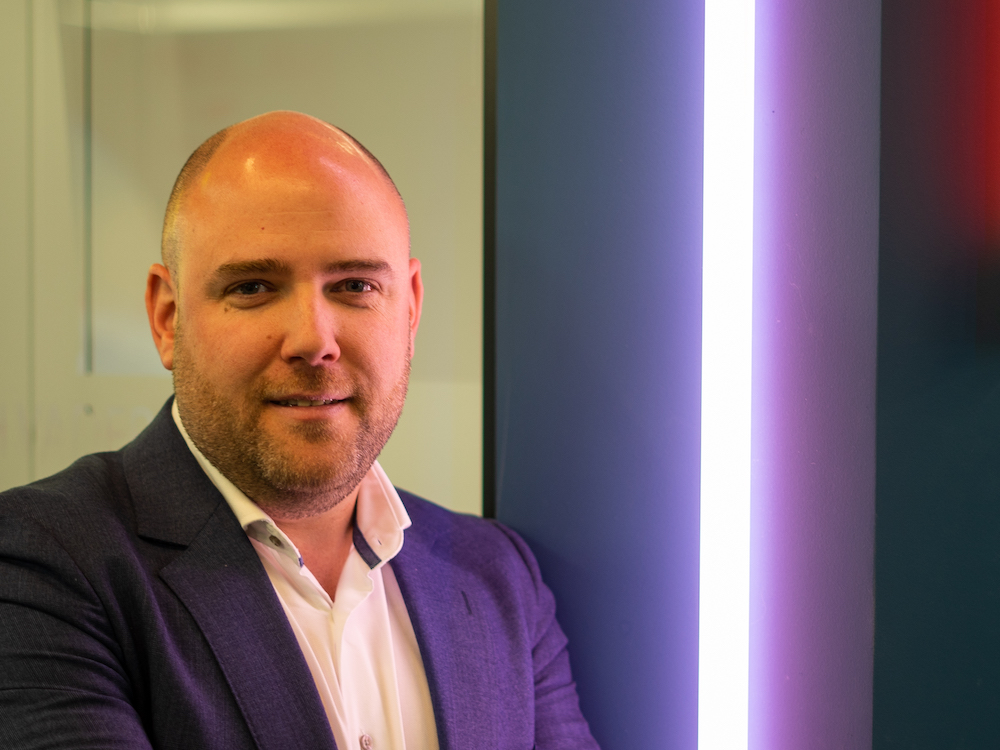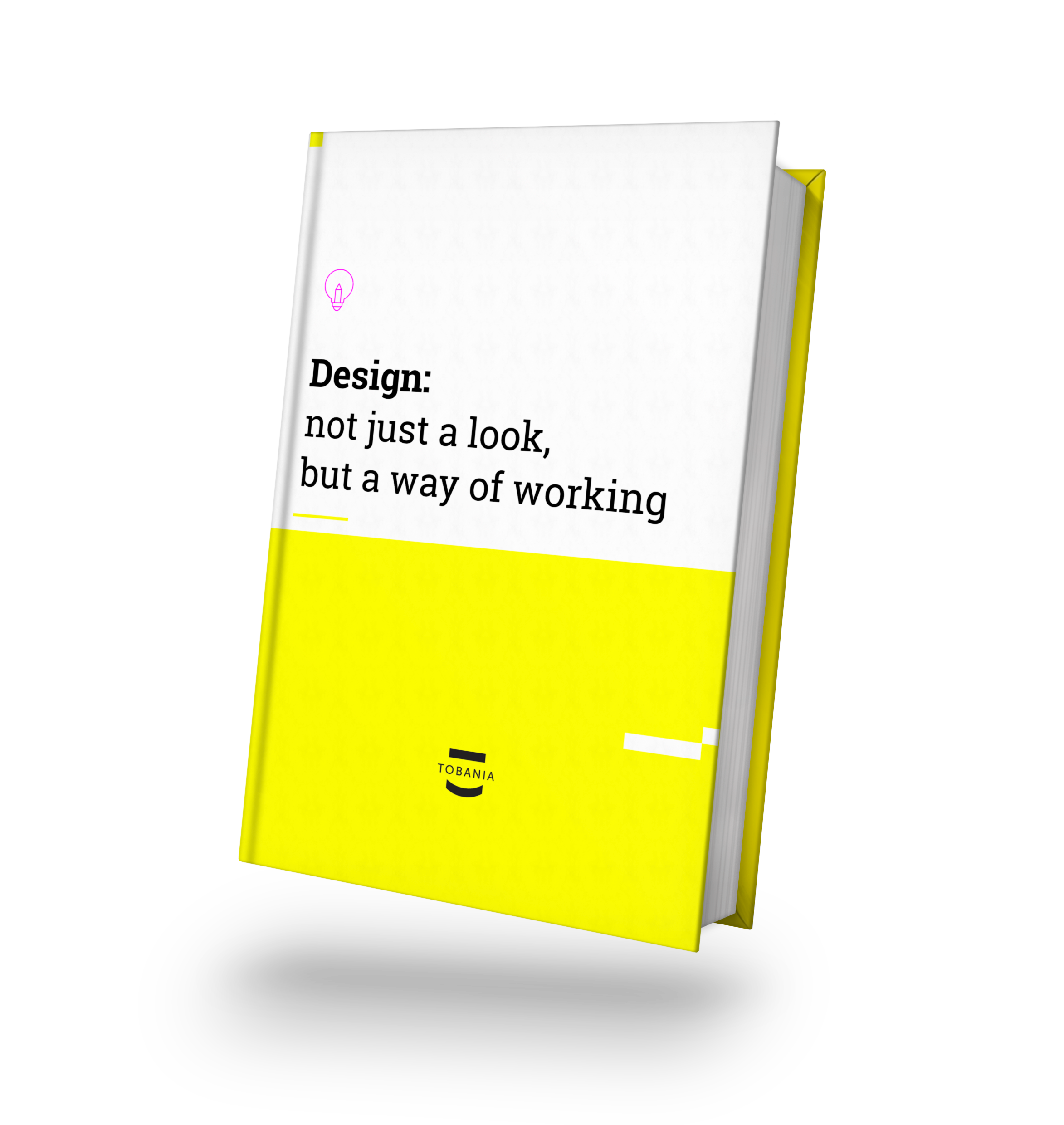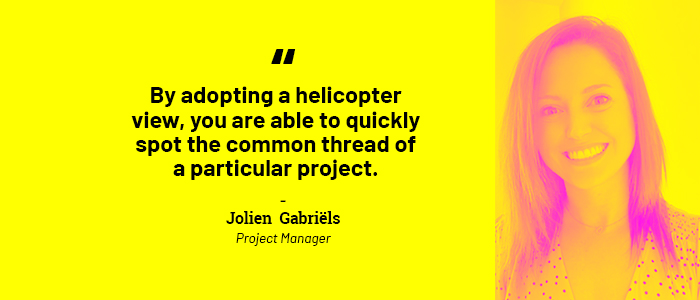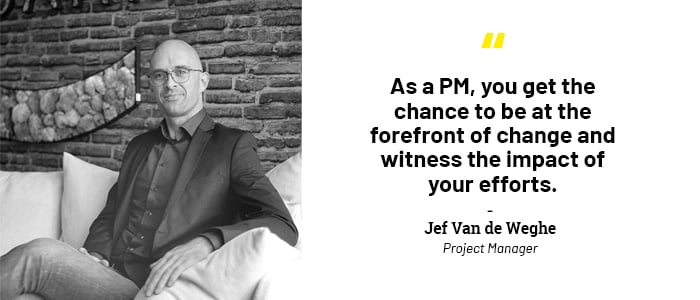Analysis & Design
Products without users, unused features and customers who - despite all investments in alternatives - always choose the operationally most expensive service or channel: Design Thinking can offer a solution to these problems. At least, if it is applied properly and the three big pitfalls are avoided.
Eager to know more?
Then definitely get in touch with Tobian Philippe. He will be happy to schedule a first (virtual) meeting to discuss all your possibilities.
Let's get started!
Eager to know more?
Then definitely get in touch with Tobian Philippe. He will be happy to schedule a first (virtual) meeting to discuss all your possibilities.
Let's get started!
Design is how it works
Before going into those pitfalls, let us clear up one major misunderstanding, with this quote from, Steve Jobs:
"Many people mistakenly think that design is about how something looks. People think that it is the veneer, that designers get something with the question "now make it look good!". That is not how we see design. It's not just about how it looks and how it feels. Design is how it works."
Steve Jobs
So design can be applied to services, processes, teams, products, experiences and even whole organisations. It is a way of thinking and working that is experimental, empirical and iterative.
Design thinking is typically opposed to forms of analytical thinking where specialists go into isolation for a period of time to think, research, analyse and then come out with a report or solution that can be developed.
Avoid 3 major business pitfalls
With design thinking, you can avoid three major pitfalls:
- Inside-out thinking: the organisation's challenge and plans are not always aligned with what customers, employees and prospects need.
- Solutions without problems: by thinking too quickly in solutions, the opportunity is missed to see the problem from a different angle or to discover underlying problems.
- Linear perfectionism: as long as there is no result, it is difficult to get good insights, so it is beneficial to test assumptions and ideas against reality as soon as possible and gain insights.
We contrast this with:
- Empathy with the users;
- Spending enough time on a problem;
- Iterating, diverging and converging to “as good as possible”;
.png)
Let's set a date!
Related insights
I just can't get enough
Discover our news and blogs!




